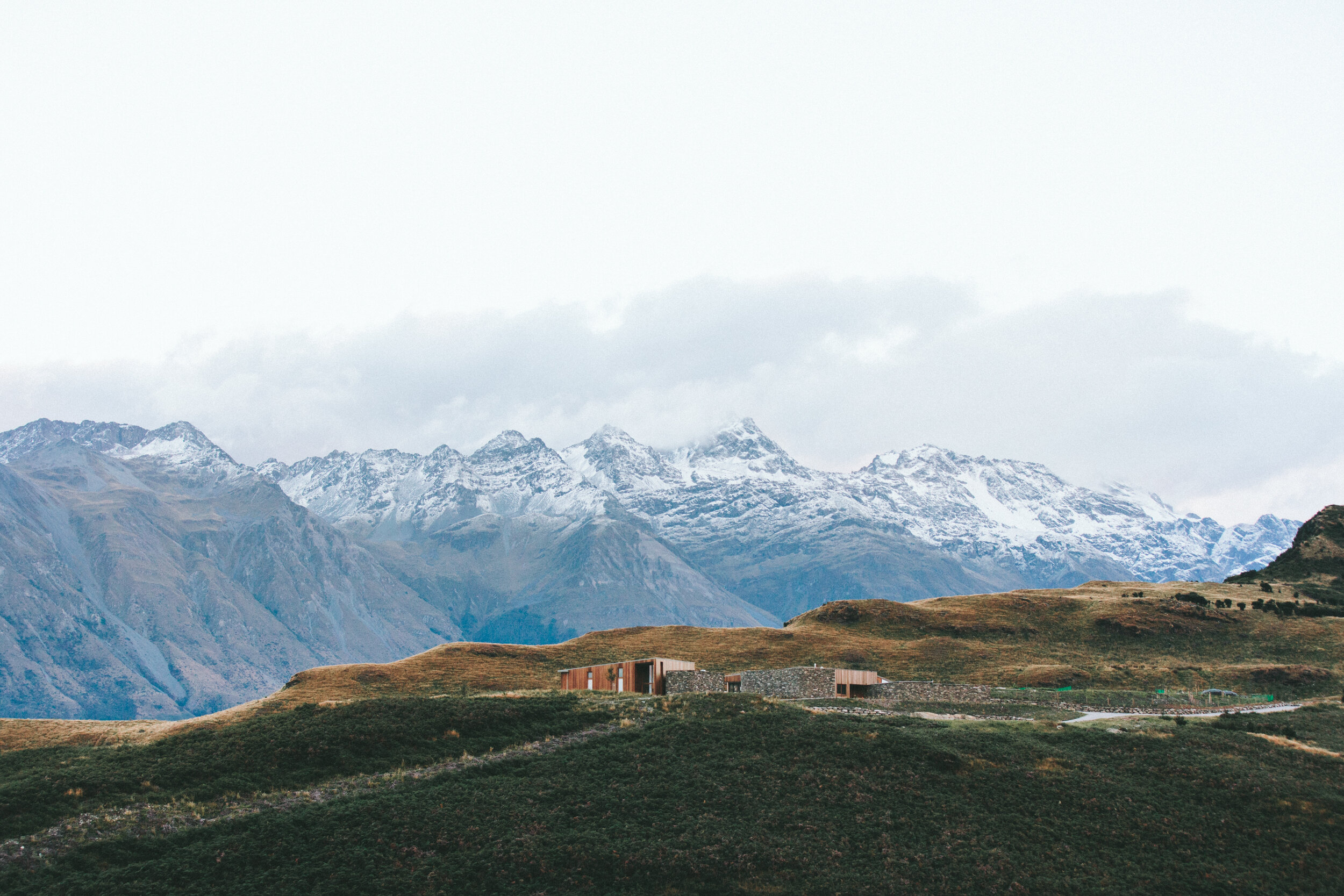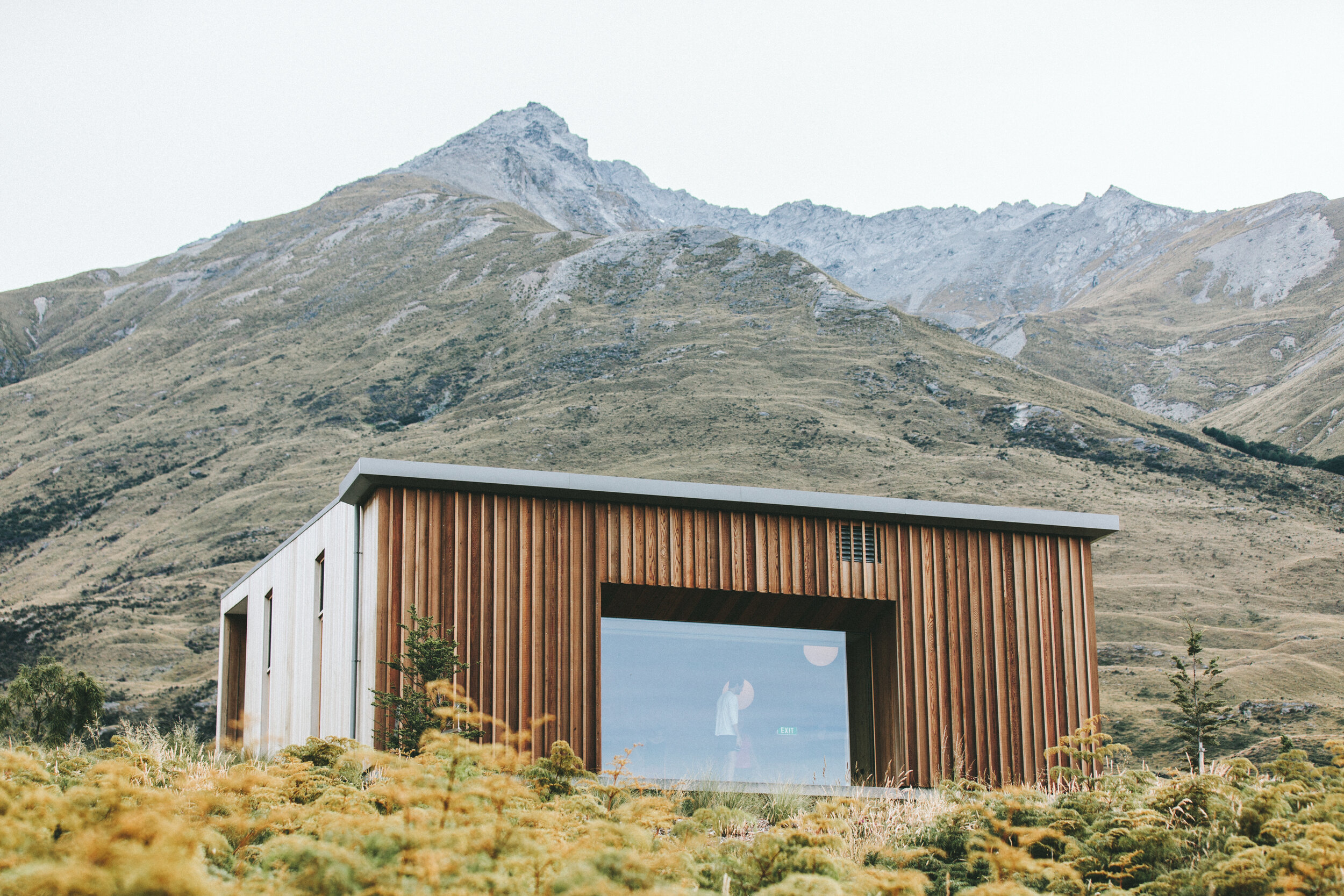
Native plants form the foundation of healthy ecosystems
The Spectrum of Native and Non-Native Plants
Native, local genotype
A plant that is native to the ecoregion and was collected (ethically) from local genotype. These are the most likely to be adapted to the local climate and to have specially evolved relationships with local insects. In addition, “local genotype” indicates that the plant originated nearby and has a genetic makeup that reflects adaptations to regional conditions. So, in addition to all of the wonderful things that native plants do, local genotype native plants also support local genetic diversity. Local genotype plants are the least common type of plant you’ll find in the nursery trade as they require extensive local collection and propagation. They are most likely found in smaller, regional nurseries and are well worth asking for. In many regions, it is no longer possible to collect native genotypes as native populations have been eliminated. Local genotype native plants are the best choice for restorations or plantings near high quality natural areas.
Native to the region
A plant that is native to the ecoregion but is not from the local genotype. These plants are likely well adapted to the climate and support local ecosystems and food webs. A regional native plant may be native to the Piedmont, to North Carolina or more broadly to the Southeastern U.S. These are the most common native plants available in nurseries and are an excellent choice for the landscape.
Native to the U.S.
A plant that is native to the U.S. (but not regionally native) may support local ecosystems and may be well adapted to local climate — it depends. You’ll need to do some research to determine if a U.S. native plant will perform will in your landscape. There is also a risk that a U.S. native plant will perform too well and begin to spread aggressively. Since many of our insects also native to other parts of the U.S., it is possible that some plant species from other parts of the nation will still be palatable to local insects. Additionally, many insects are adapted to use host plants at the genus level so planting a different species of a genus that is native to the region is still likely to serve as a larval host.
Examples: Amsonia hubrichtii, Agastache foeniculum, Nassella tenuissima
Native, cultivar (aka “Nativar”)
A cultivated native plant is a native plant that has been bred for specific traits. These desirable traits include smaller habit, compact form, mildew resistance, and unique flower or leaf color. Essentially, this is a native plant that is being groomed to conform to more traditional landscape aesthetics. These plants can be the perfect choice for certain landscapes, especially those that have high aesthetic expectations, such as public display gardens, HOAs, and street-facing front yards. However, some cultivars have been selected for traits that make them ecologically sterile (e.g. purple/burgundy leaf color and double flowers). Contrastingly, some cultivars seem to be more attractive to wildlife than their native counterparts (see Mt. Cuba research). Cultivars are also more likely to be clones, meaning they have limited genetic diversity. Some scientists argue that if a cultivar can cross with a native plant, it could introduce new or even harmful genes into the local gene pool, potentially diluting locally-adapted genetic diversity. However, many cultivars are sterile in order to protect the “product” and prevent unlicensed propagation.
Native cultivars are a controversial topic, but I believe they have a specific place in landscape design. Their predictable, often tidy appearance can be a first step for someone just dipping their toes into the native gardening world. If native cultivars help folks move away from traditional, non-native landscaping, I fully support meeting people where they are and taking one positive step forward. Plus, many native cultivars continue to produce pollen, nectar, and foliage that support local insects and wildlife. Native cultivars are often found in bigger nurseries, even big box stores, and are occasionally found in more horticulturally-focused nurseries that are open to the public, including Plant Delights, Dirt Bag Gardens, etc.
Examples: Agastache ‘Blue Boa’, Coreopsis ‘Moonbeam’, Panicum ‘Northwind’.
Non-native, non-invasive
A plant that is not native to the U.S., but does not spread aggressively to outcompete native species. These plants are most often found in the mainstream nursery trade. Non-native species that do not spread aggressively can have a limited role in landscape design, specifically where aesthetic demands are high, local ecologies are not present or highly degraded, and maintenance is traditional mow-and-blow. Adding a few of these plants to key areas of the landscape can help make a design seem more formal, composed, or framed in a familiar way that is often appropriate for urban or suburban settings. Many non-native plants bloom early or late, extending the flowering season beyond when regionally native plants bloom. This trait could be a significant advantage as seasonal conditions become more erratic. For example, if pollinators emerge early in spring before the native plants bloom, a non-native crocus could be the only source of food. The drawback to many non-native nursery plants is that they are often ecologically sterile. Many do not produce resources that support local food webs and essentially take up space that could otherwise go to an ecologically-functional plant. They are in essence, plastic plants.
Examples: Gardenia, forsythia, camellia.
Non-native, invasive
A plant that is not native to the U.S. and spreads aggressively to outcompete native vegetation and threaten local natural areas should never be planted in the landscape. Sadly, many of these plants continue to be widely available in nurseries. Find a list of invasive plants here.
Examples: Nandina, mahonia, English ivy.
Make it stand out.
-

Dream it.
It all begins with an idea. Maybe you want to launch a business. Maybe you want to turn a hobby into something more. Or maybe you have a creative project to share with the world. Whatever it is, the way you tell your story online can make all the difference.
-

Build it.
It all begins with an idea. Maybe you want to launch a business. Maybe you want to turn a hobby into something more. Or maybe you have a creative project to share with the world. Whatever it is, the way you tell your story online can make all the difference.
-

Grow it.
It all begins with an idea. Maybe you want to launch a business. Maybe you want to turn a hobby into something more. Or maybe you have a creative project to share with the world. Whatever it is, the way you tell your story online can make all the difference.